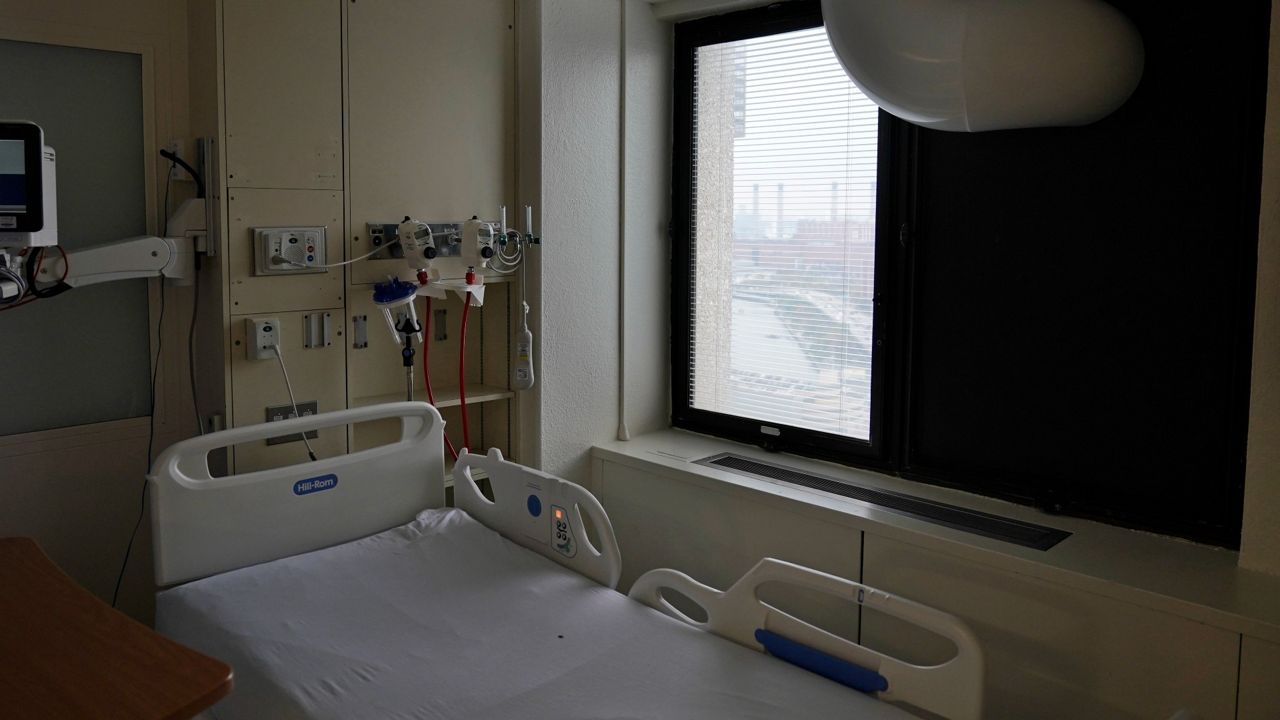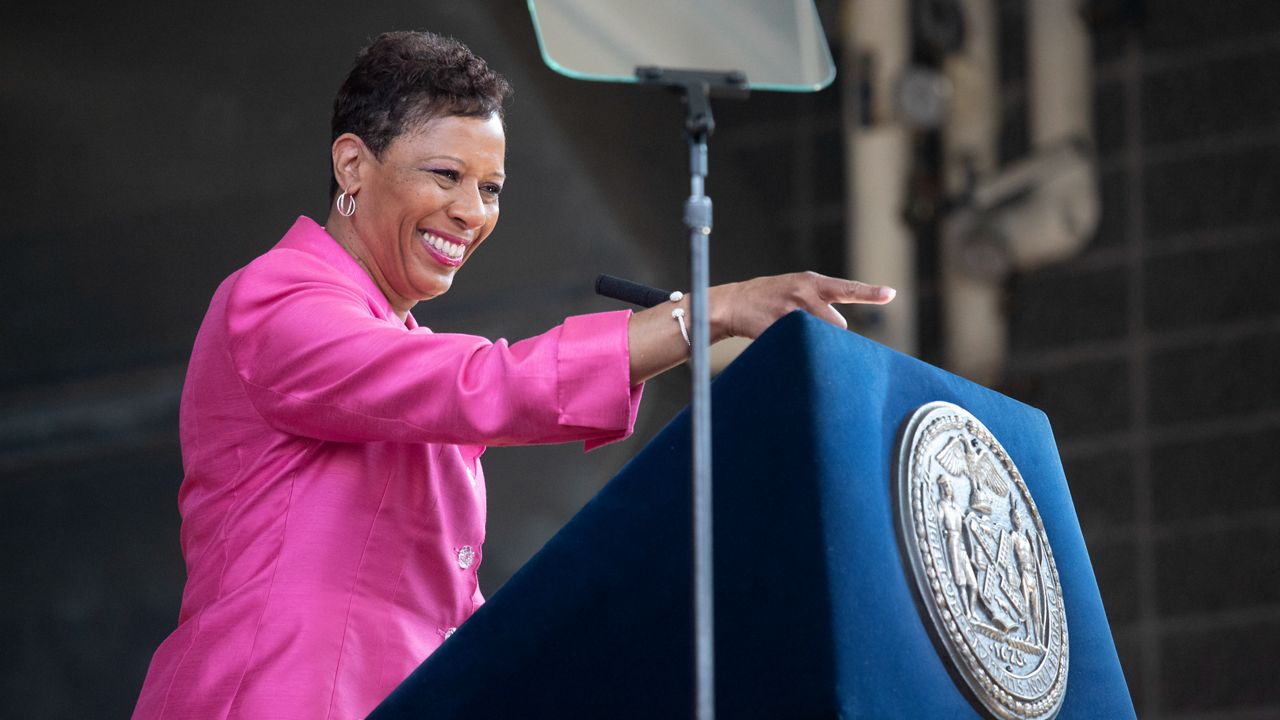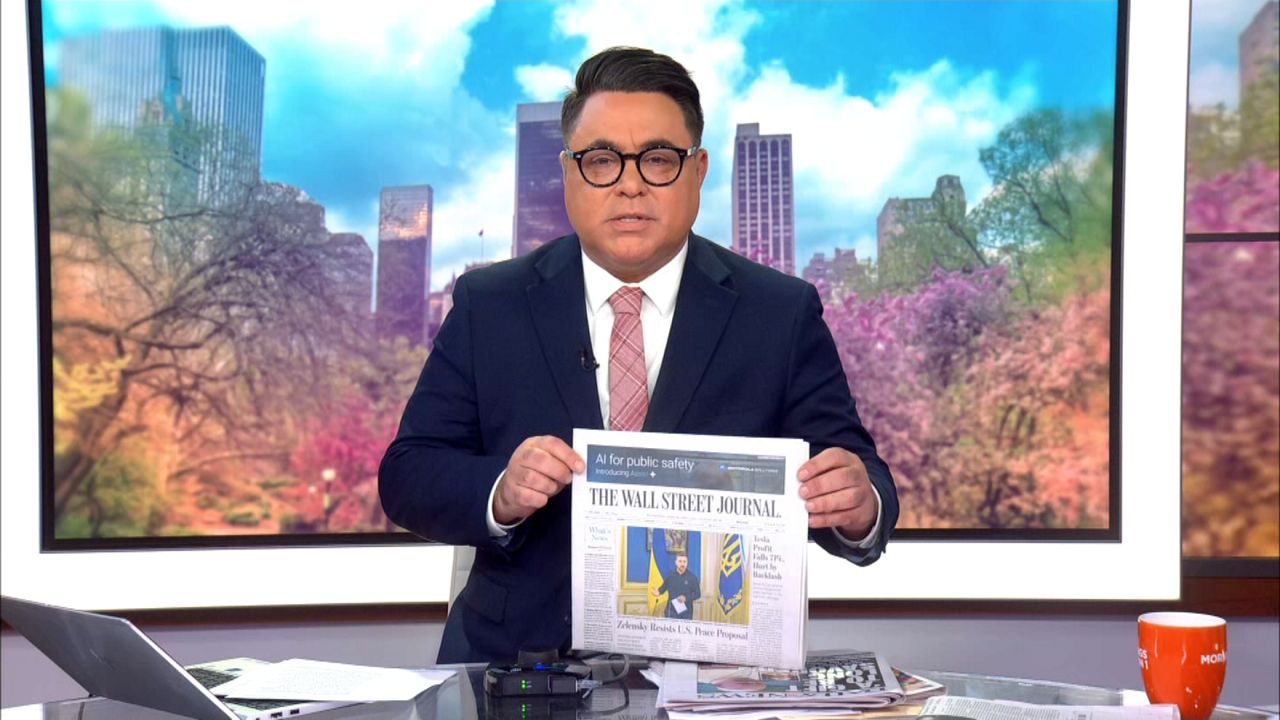When Ari Moma came to the United States from Nigeria more than 30 years ago, he wanted to find a job focused on helping others.
At first, he thought that meant becoming a priest, but later decided to pursue nursing.
Now at 59, he’s worked as a nurse for over 27 years, currently in psychiatric and addiction recovery work.
“When I got into nursing, I looked at mental health and I realized that that's where I could do a lot of talking [and] counseling, which are some of the things I have done—where it can help the mind and the soul at the same time,” Moma, who works at Interfaith Medical Center in Brooklyn, said.
Moma, a Canarsie resident, said he loves his work, but it’s his own mental health that has been struggling recently.
After working throughout the pandemic, including in the medical-surgical unit where he was temporarily assigned when many psychiatric units were closed to accommodate COVID-19 patients, he said he’s had to grapple with post-traumatic stress disorder.
“When you go home and remember some of the things that happened on the unit, it gives you some nightmares,” Moma said.
An ongoing nursing shortage has impacted the health care industry across the country. But the COVID-19 pandemic has since made issues worse as the nursing industry struggles to retain and recruit nurses.
The state’s Department of Health estimated that New York will have a shortage of more than 39,000 nurses by 2030, according to a 2020 report.
“The main problem in New York is not that we don’t have enough nurses to meet demand – there are thousands of nurses in New York who just don’t want to take hospital jobs,” Nancy Hagans, president of the New York State Nurses Association, said at a City Council hearing on the issue on Wednesday.
Many nurses cite understaffing, low wages, inadequate health care benefits and more as primary reasons behind what they call an ongoing crisis.
“The pay for nurses is not enough to make them want to put up with the stress of poor staffing and working conditions,” Hagans said.
They also cite mental health issues as a primary reason behind retention issues.
“It is exhausting, tiring and often leads to burnout when nurses do not have adequate support,” Councilmember Mercedes Narcisse, chair of the Committee on Hospitals and a registered nurse, said at the committee hearing.
According to Interfaith officials, the medical center has adjusted their staffing model and hired additional staff to alleviate some of the nurses' workload. They also hold open houses where candidates can be interviewed and hired on the spot.
They also cite a number of mental health resources for nurses such as "Recharge Rooms" for staff to use when they need a break.
"At Interfaith Medical Center there is a concerted effort for staff to use their Paid Time Off to recharge," Dr. Prissana Alston, senior vice president and chief nursing executive at One Brooklyn Heallth, and Francesca Tinti, senior vice president of human resources, wrote in a joint statement.
Officials also pointed to an "open door" policy for staff to express their concerns about the job to higher ups or if they're feeling overwhelmed.
Nurses and advocates, however, say that these resources do not go far enough. They say the brunt of the sacrifices falls on nurses’ shoulders as they work to ensure patient care is not compromised.
“We’re just like the military where you get to a situation [and] you're trying to do your best,” Moma said. “The only thing that happens is that you end up not taking your lunch time, you have difficulty going to the bathroom because you want to treat every patient equally. When you go home, you want to feel good about yourself.”
Moma said that nurses are often unable to take advantage of mental health services due to costs and long work hours.
“If you do some of the mental health benefits, you have to pay high copayments, and another thing is that you don't even have the time to go to see a mental health specialist,” he said.
One of the ways nurses cope with the demands of the job is by compartmentalizing the stress in order to make it to the next day, Moma said.
“I think that's one of the reasons why my [blood] pressure and other things keep on going up,” Moma said. “You are internalizing everything that happens.”
Prior to the City Council hearing on Wednesday, advocates and lawmakers, including Speaker Adrienne Adams, spoke outside City Hall calling out hospital profits and executive pay levels as negotiations for pay rates stagnate and health care costs are proposed at the union bargaining table.
“They don’t see the bedbound patient who has been waiting 30 minutes for a sip of water because the nurse is caring for 12 other patients or the mom struggling to breastfeed her newborn for the first time without any support because the nurse is caring for double the amount of newborns she is supposed to,” Matt Allen, NYSNA director-at-large, said.
The meeting at times grew heated between lawmakers and a hospital industry member. According to Councilmember Tiffany Cabán, the hospital trustees to the NYSNA benefit fund proposed a list of 35 cuts to nurse health care benefits.
“How do you possibly consider cutting health care for COVID nurse heroes, for frontline COVID nurses, and won't those cuts hurt your ability to hire and retain staff?” Cabán asked during the hearing.
In 2019, CEOs at Presbyterian, Mount Sinai and Northwell made $12 million, $5.6 million and $4 million respectively, according to NYSNA.
The CEO of Interfaith Medical Center made $1.3 million in 2020.
“Hospital CEO compensation reflects the level of competition that the region bears,” Lorraine Ryan, senior vice president for the Greater New York Hospital Association, an industry lobbying firm, said at the hearing. “It reflects the need for skills and leadership necessary to operate large, very complex organizations that are open 24/7 and that are often the largest employer in a community.”
Lawmakers pushed back, arguing that the profit margins and high pay scales amount to resource hoarding.
“I take issue with that,” Cabán said. “I think that the CEO salaries reflect greedy capitalism and the exploitation of workers to maximize profits for a small few.”
The city’s reliance on temporary travel nurses during the COVID-19 pandemic was also criticized by nurse advocates for pay disparities as well as the unsustainable nature of the staffing model. Travel nurses can make two to three times what regular staff at health care facilities earn, and work on a temporary basis.
“I'm understanding for many of our hospital members, which are throughout New York state and all of New York City hospitals are members of Greater New York, that they are relying less and less on agency staff and more and more on their own employed staff, and they've benefited greatly from the last two periods of graduation, if you will, from nursing schools and colleges,” Ryan said.
According to a spokesperson from Narcisse’s office, the councilmember will continue visiting hospitals across the city to speak with nurses about the issues they face. She’s also working to increase the rate of Medicaid reimbursement and secure adequate funding levels for what are considered “safety net hospitals,” such as those within the city’s H+H system, where high staff turnover remains a problem.
“The Council will consider the testimony submitted during Wednesday’s critical Committee on Hospitals hearing,” read a statement from a Council spokesperson. “Health care workers need safe staffing levels to effectively provide care for patients, and it’s important that all stakeholders work together to advance solutions to this crisis.”








_Pkg_Pope_Francis_ESP_MASS_Clean)